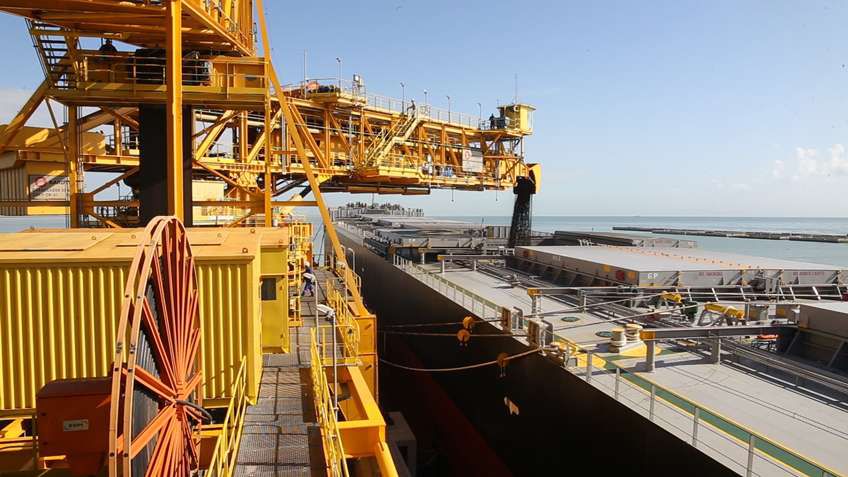Solution
From the beginning of the project, Rockwell Automation and Anglo American worked together to overcome all the challenges.
The mining company created a very competent engineering team to discuss and validate the entire system provided by Rockwell Automation.
Due to the size of the project, Rockwell Automation decided to invite IHM Engenharia, a company of the Stefanini Group, and one of its main integrating partners that has a great amount of experience in the mining industry, to be part of its system development team of process control.
Anglo American decided to divide the control system into four parts: the mine and the enrichment plant, the pipeline, the filtration plant and the port.
Each area has its own servers, controllers and operating room. This decision provided a great flexibility to the system and allowed several work fronts to be opened in parallel during the commissioning of the system.
In addition to the normal operating stations, the project has operating stations via the web, which allows monitoring of the system remotely.
Because the system is divided and there’s a large number of suppliers in the different areas of the process, Anglo American and Rockwell Automation expressly worried about maintaining standardization in the control system, both in the structuring of the software and in the mode of operation.
In total, the distributed control system has more than 20 thousand instruments and is connected with 800 motors. Among them, more than 1,500 intelligent instruments are connected to the system via Profibus PA or HART.
Motor control centers (MCCs) are also intelligent, they are connected to the control system via the DeviceNet network.
The asset management system, implemented in all parts of the distributed control system, facilitates the parameterization of intelligent instruments.
At the port, due to the large number of mobile machinery - such as conveyors, forklifts, reclaimers and shippers - Anglo American made the decision to use the integrated safety system with process controllers, reducing the risks of personnel and the equipment.
In the pipeline, due to its extension, 21 controllers were used, including some smaller ones.
In order to ensure that the correct information is available to the right person at the right time, the control system is integrated with the Process Information Management System (PIMS) and the Manufacturing Execution System (MES).
Information, in the form of graphs and reports, help managers in decision making.

